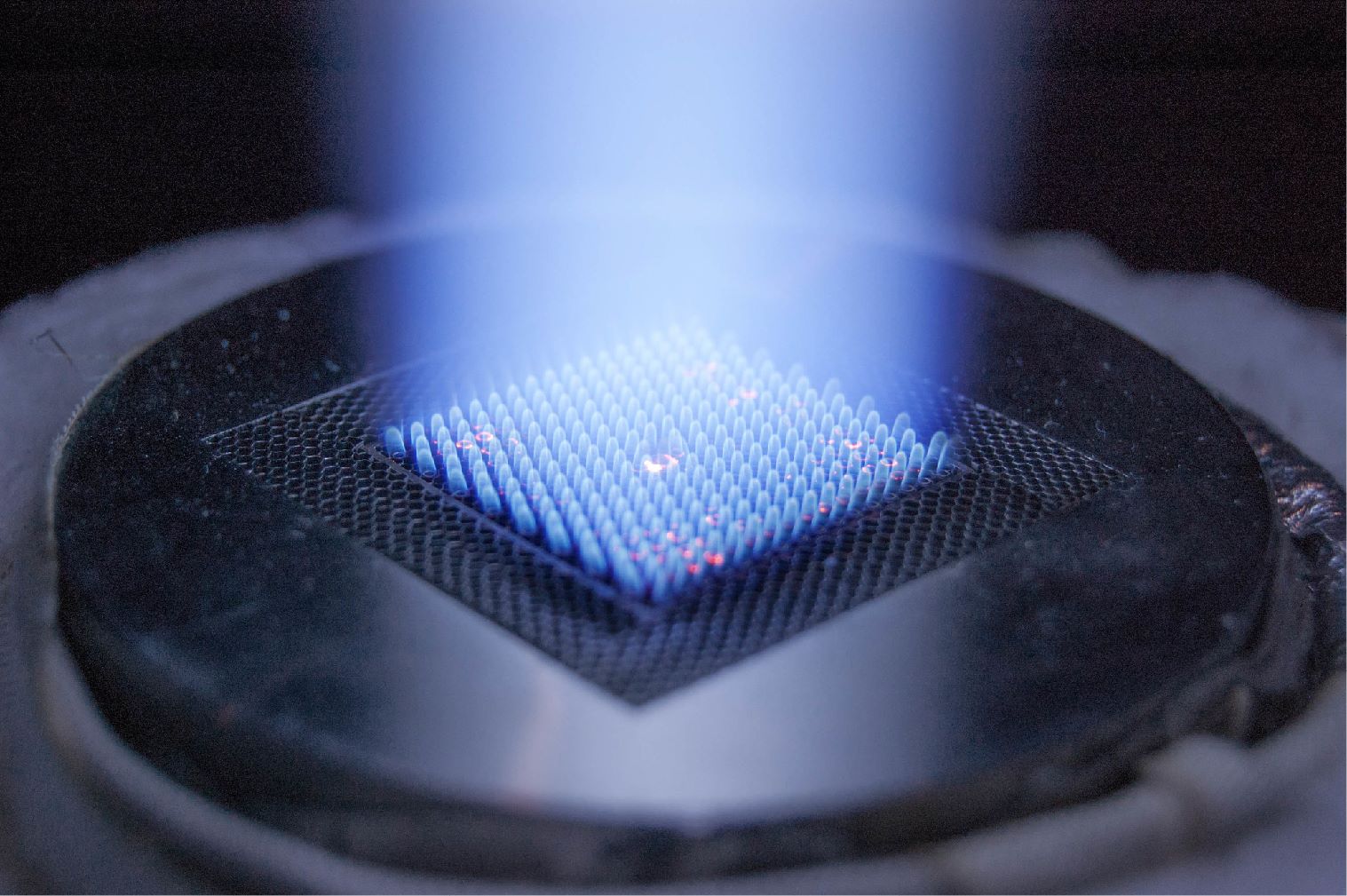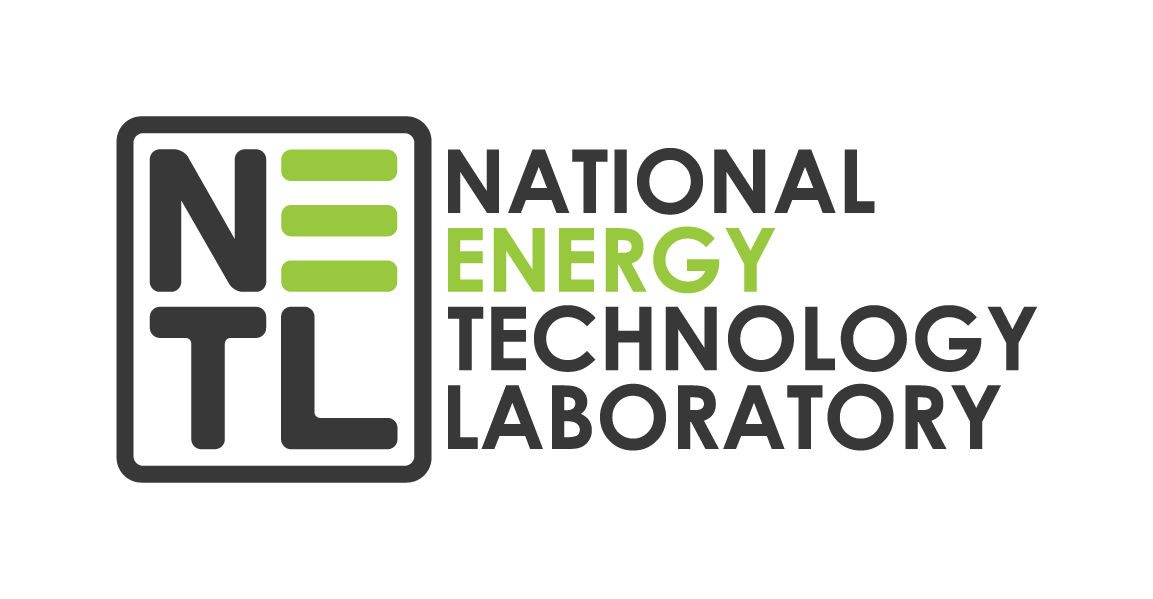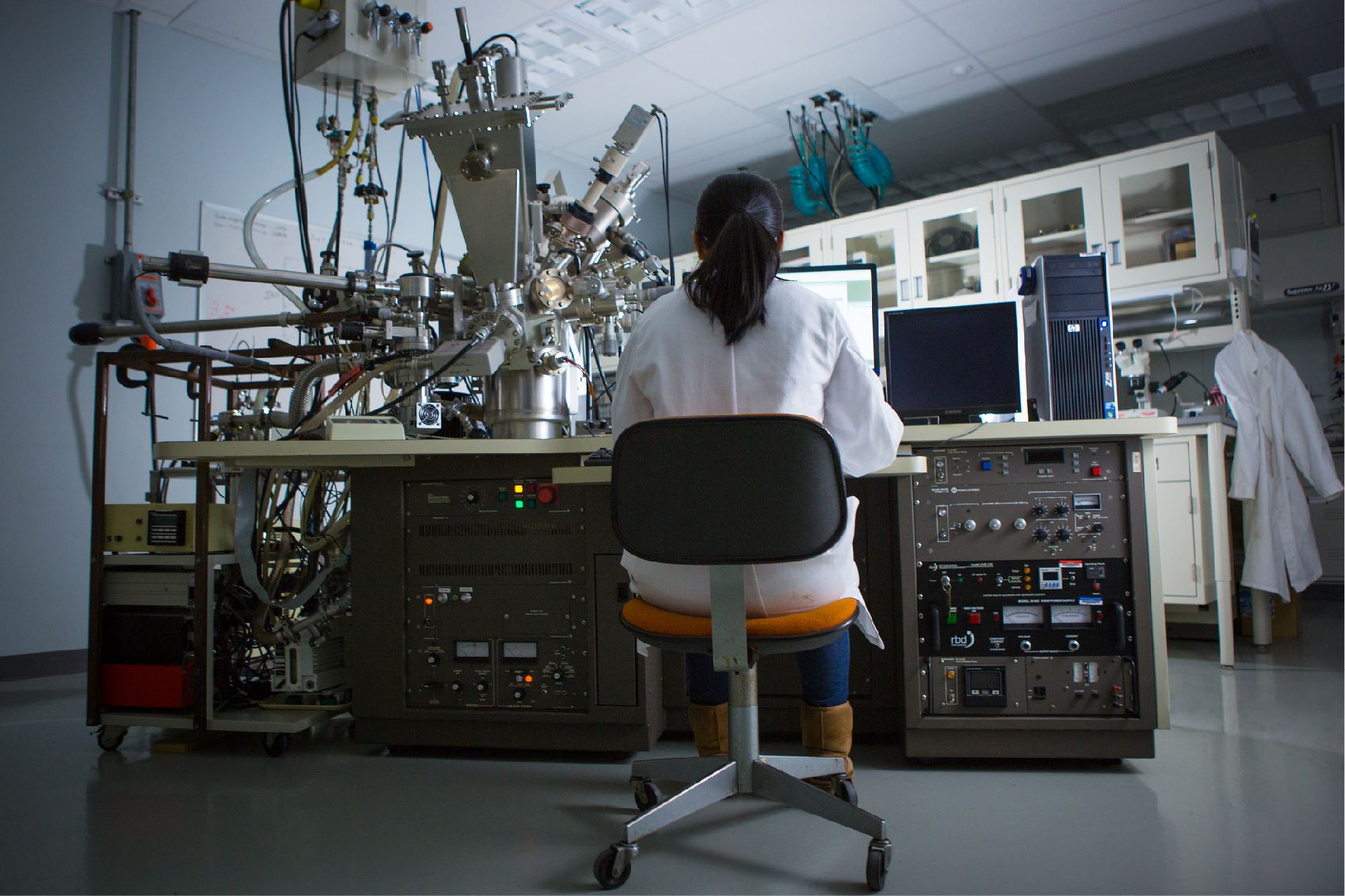During Energy Awareness Month, celebrated each October, we raise awareness of the importance of sustainably managing our nation’s energy resources. For NETL, this is also a time to celebrate our successes toward delivering integrated solutions to enable transformation to a sustainable energy future. Let’s look at a few examples.
As a clean-burning fuel, hydrogen is an important resource to help meet the Biden-Harris Administration’s goals calling for net-zero carbon emissions in the electricity sector by 2035 and economy-wide net-zero emissions by 2050.
NETL researchers, and project partners at Los Alamos National Laboratory, Pacific Northwest National Laboratory and Idaho National Laboratory, are developing advanced air separation technologies that produce oxygen, a valuable gas that can be used to make hydrogen fuel, a much-needed commodity for transitioning to a clean power sector. These projects are actively addressing climate change by reducing CO2 emissions via clean hydrogen generation in oxygen-blown, gasification-based plants with carbon capture and storage. Clean hydrogen can be generated from biomass and coal wastes in this manner with zero carbon emissions, and the hydrogen can be used as a clean fuel in turbine applications.
We’re also working with partners Auburn University, the Electric Power Research Institute, the University of Kentucky Research Foundation and the University of Utah to conduct lab-scale investigations into how co-gasification of waste plastics and other diverse waste feedstocks such as biomasses affect gasifier hardware and gasification processes. These investigations will yield valuable data to inform future upscaling efforts that could provide a pathway to decarbonized energy systems. Because these gasification systems are capable of cleanly and affordably producing hydrogen, a versatile fuel and chemical precursor, these collaborations are advancing net-negative emission technologies.
In another forward-looking project, NETL joined a consortium led by PNW Hydrogen LLC to produce clean hydrogen from nuclear power at the Palo Verde Nuclear Generating Station in Phoenix, Arizona. Six metric tons of stored hydrogen will be used to produce approximately 200 megawatt-hours of electricity during times of high demand, and may be also used to make chemicals and other fuels. The project will provide insights about integrating nuclear energy with hydrogen production technologies and inform future clean hydrogen production deployments at scale. We look forward to supporting this clean hydrogen project and the decarbonization pathways that it could open.
Another milestone in our work to decarbonize the energy sector and the economy is our contribution to approval of a new superalloy that will enable the next generation of power plants to operate with enhanced efficiency and produce fewer greenhouse gas emissions. The nickel-based superalloy, developed by Haynes International and tested by an NETL-led collaborative effort, is designed for use in boilers, fired heaters, pressure vessels and other key components at conditions of up to 875 degrees Celsius (1,607 degrees Fahrenheit). This covers the maximum anticipated operating conditions of advanced ultra-supercritical plus carbon dioxide capture power plants. Approval from the American Society of Mechanical Engineers for the superalloy, known as Haynes International H282, provides a new material to withstand such aggressive service environments, improves efficiency and extends the life of electricity-producing power plants. Code approval also could provide opportunities for increased international sales of the material, thereby creating U.S. jobs.
Our work in sustainable energy is highlighted with a first-of-a-kind “real-time sensor” that cuts the analysis time of rare earth elements (REE) concentrations in samples from hours to minutes or even seconds. Developed by NETL researchers, the team also developed an unconventional rare-earth and critical mineral model and tool to improve prediction and identification of domestic carbon ore-based resource locations that contain high concentrations of REEs. These technological milestones represent important progress in our work to develop domestic supply chains of critical minerals and REEs from unconventional sources such as carbon ore ash, acid mine drainage and other sources.
These are just a few snapshots of NETL’s dedicated work to drive innovation and deliver solutions for an environmentally sustainable and prosperous energy futures. I’m proud to share these success stories with you during Energy Awareness Month and showcase some of the ways NETL is working to ensure affordable, abundant and reliable energy that drives a robust economy and national security, while developing technologies to manage carbon across the full life cycle, and enabling environmental sustainability for all Americans.




